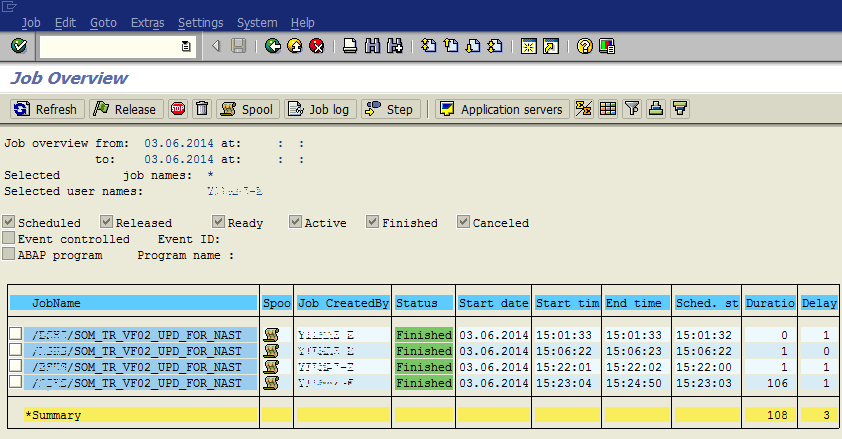

- SELECTION EXECUTES ARE NOT ALLOWED IN DBVISUALIZER FREE HOW TO
- SELECTION EXECUTES ARE NOT ALLOWED IN DBVISUALIZER FREE DRIVER
- SELECTION EXECUTES ARE NOT ALLOWED IN DBVISUALIZER FREE PASSWORD
The query() function returns the value depending on the query type: 1. For more information, see Error Handling through pcall() and error(). To protect such calls, you can use the special functions pquery() or pcall(). In case of an error during the call of query() function, the script terminates and returns the corresponding exception message. The ending semicolon after the SQL commands is optional in the database scripts. For the string values, the alternate string notation ] is useful to avoid problems with single or double quotes within the SQL commands. To execute SQL commands, you can use the functions query() and pquery() that accept a string value as input parameter. See the "Data Model" chapter for table-specific information.Database Interaction Executing SQL statements through query() and pquery() See the "Supported SQL" chapter in the help documentation for more information on the supported SQL. Select the Database Connection, Database, and Schema from the available menus. To execute SQL queries, use the SQL Commander tool: Click SQL Commander -> New SQL Commander. To browse through tables exposed by the Azure Data Lake Storage JDBC Driver, right-click a table and click Open in New Tab.
SELECTION EXECUTES ARE NOT ALLOWED IN DBVISUALIZER FREE PASSWORD
SELECTION EXECUTES ARE NOT ALLOWED IN DBVISUALIZER FREE HOW TO
See the property for more information on how to acquire this.įor assistance in constructing the JDBC URL, use the connection string designer built into the Azure Data Lake Storage JDBC Driver. AccessKey: Set this to the access key which will be used to authenticate the calls to the API.FileSystem: Set this to the file system which will be used for this account.To authenticate against a Gen 2 DataLakeStore account, the following properties are required: If not specified, the root directory will be used.Īuthenticating to a Gen 2 DataLakeStore Account Directory: Set this to the path which will be used to store the replicated file.See the property for more information on how to acquire this. OAuthClientSecret: Set this to the key generated for the app you created.OAuthClientId: Set this to the application Id of the app you created.Account: Set this to the name of the account.To authenticate against a Gen 1 DataLakeStore account, the following properties are required: Add a description, a duration, and take note of the generated key. At a minimum, "Azure Data Lake" and "Windows Azure Service Management API" are required. Select "Required permissions" and change the required permissions for this app.Select Web app for the type of application you want to create. Provide a name and URL for the application.Sign in to your Azure Account through the.Gen 1 uses OAuth 2.0 in Azure AD for authentication.įor this, an Active Directory web application is required. The syntax of the JDBC URL is jdbc:adls: followed by the connection properties in a semicolon-separated list of name-value pairs.Īuthenticating to a Gen 1 DataLakeStore Account
SELECTION EXECUTES ARE NOT ALLOWED IN DBVISUALIZER FREE DRIVER
Driver: Select the driver you just created.ĭatabase URL: Enter the full JDBC URL.If you selected the "No Wizard" option, select the Generic or Auto Detect option in the Database Type menu. Database Type: If you selected the wizard option, the database type is automatically detected.In the Connection section, set the following options: In the Database tab, right-click the Database Connection node and click Create a Database Connection.



 0 kommentar(er)
0 kommentar(er)
